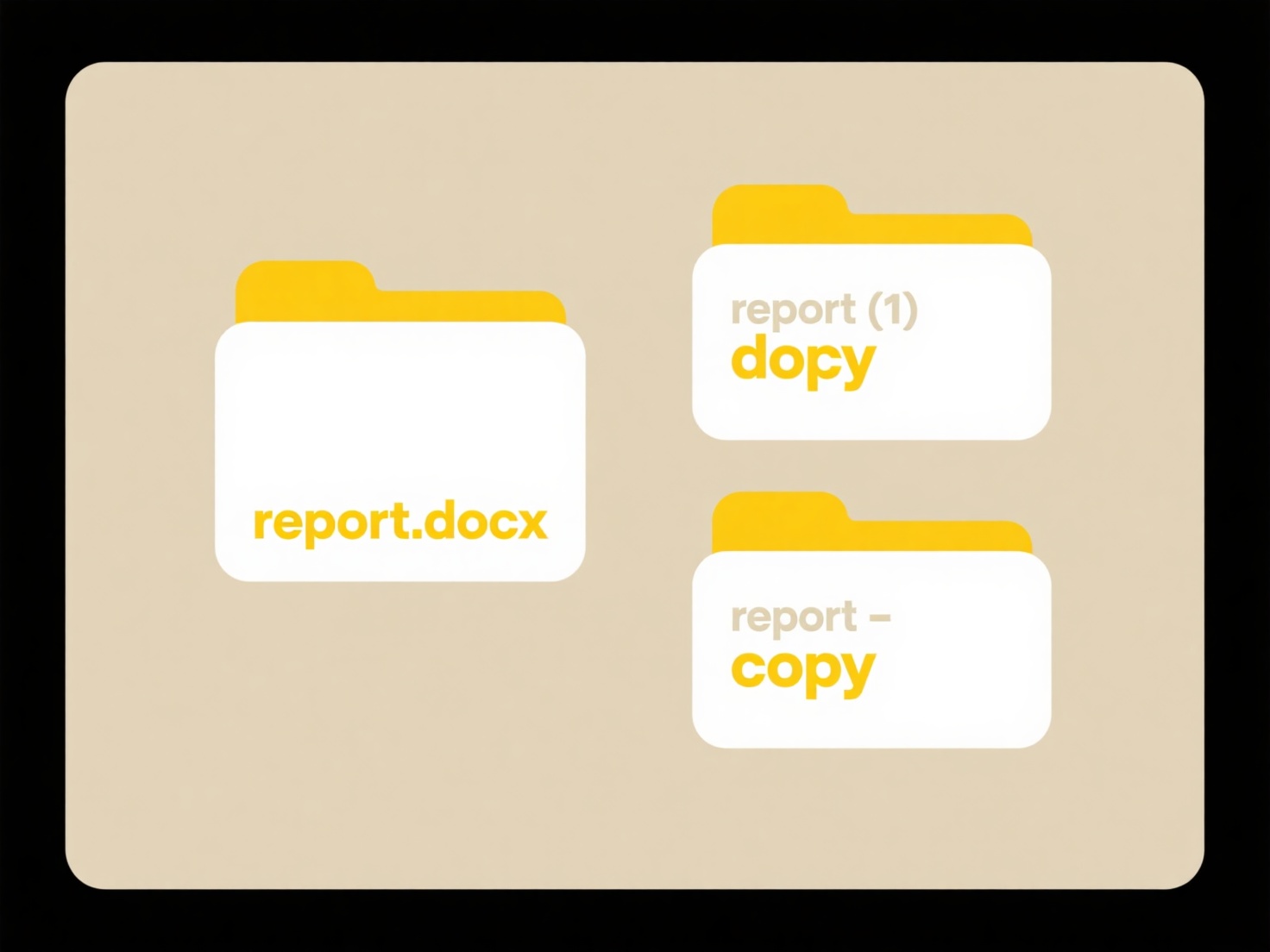
Archive corruption occurs when downloaded archive files (like ZIP or RAR) contain errors preventing proper extraction. This typically happens due to unstable internet connections interrupting the transfer or incomplete downloads failing to retrieve all necessary data packets. The archive format expects all parts to be intact; missing or garbled sections render it unreadable by extraction tools, unlike minor file errors that might be repairable within an application.

A common example is downloading a large software installer via a spotty public Wi-Fi connection. If the connection drops midway, the resulting partial ZIP file cannot be unpacked. Similarly, downloading a photo album as a RAR file through a mobile browser that times out can lead to a corrupted archive unable to be opened by standard software like 7-Zip or WinRAR.
The main limitation is that damaged archives often cannot be reliably repaired; prevention is key. Using download managers that verify integrity and support resuming interrupted transfers significantly reduces this risk. For critical data, downloading checksums (like MD5 or SHA) to verify file completeness post-transfer is an important safeguard against undetected corruption.
Why is my archive corrupted after download?
Archive corruption occurs when downloaded archive files (like ZIP or RAR) contain errors preventing proper extraction. This typically happens due to unstable internet connections interrupting the transfer or incomplete downloads failing to retrieve all necessary data packets. The archive format expects all parts to be intact; missing or garbled sections render it unreadable by extraction tools, unlike minor file errors that might be repairable within an application.

A common example is downloading a large software installer via a spotty public Wi-Fi connection. If the connection drops midway, the resulting partial ZIP file cannot be unpacked. Similarly, downloading a photo album as a RAR file through a mobile browser that times out can lead to a corrupted archive unable to be opened by standard software like 7-Zip or WinRAR.
The main limitation is that damaged archives often cannot be reliably repaired; prevention is key. Using download managers that verify integrity and support resuming interrupted transfers significantly reduces this risk. For critical data, downloading checksums (like MD5 or SHA) to verify file completeness post-transfer is an important safeguard against undetected corruption.
Quick Article Links
Should I use numbers to sort folders?
Numerical folder naming involves prefixing folder names with digits to control automatic sorting behavior. Unlike alphab...
Can I limit how many times a file is downloaded?
Limiting file downloads restricts how many times an authorized user can retrieve a copy of a file hosted online. It diff...
How do I organize files efficiently on my computer?
Efficient file organization involves structuring your computer's files and folders logically to minimize search time and...